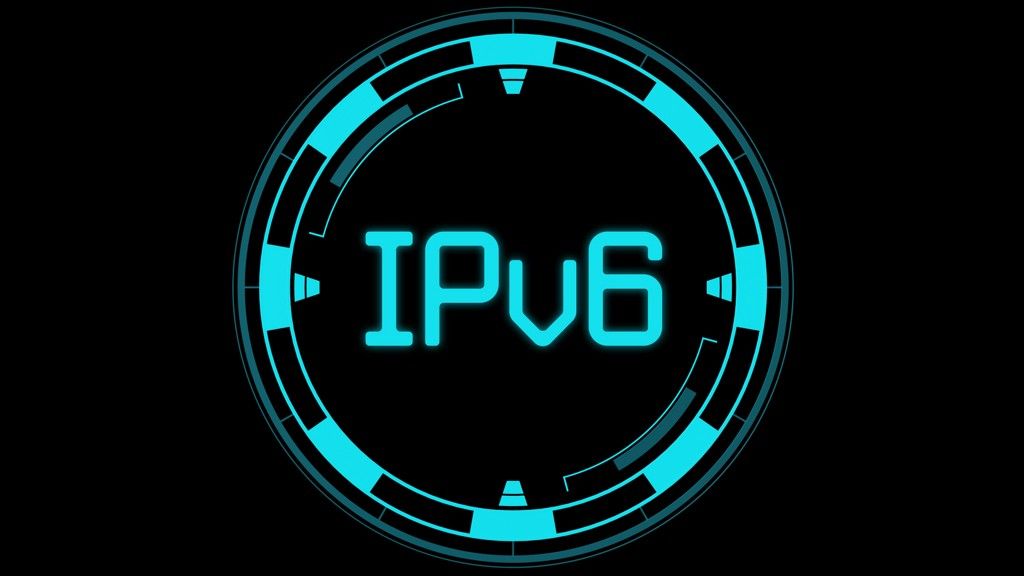We’ve actually spent years, decades, listens for IPv4 addresses. It seems to me that I first read about it in the very, very late 1990s or at the latest between 2000 and 2001. And it is true that more than 20 years later in some parts of the world there is still no shortage. obviously, but although it sounds remote to us, in others it has become a real problem that has forced the adoption of IPv6.
For a quick reminder, IP addresses are a unique device identifier on a TCP / IP-based network. Currently most we use IPv4, in which IP addresses consist of 32 bits divided into four blocks of one byte. That is, each of the possible permutations between 00000000.00000000.00000000.00000000 and 11111111.11111111.11111111.11111111. To be more readable, they are usually expressed in base 10, not base two. For example, more than usual 192.168.0.1 is in base 2 (binary) 11000000.10101000.00000000.00000001.
If we count we will see that there are a total of 4,294,967,296 IP addresses, a number that seemed more than sufficient when defining the IP. However, there are two factors we need to take into account to understand the current situation. The first is that the volume of devices connected to the Internet was simply unimaginable today in the late 1970s and early 1980s. And another important point is that when it started to be used, several ranges were reserved for specific uses, so they could not be assigned to connections.


In this Wikipedia entry, you can view all IPv4 reserved ranges that specify IP addresses that cannot be used. And although today, maintaining some of these ranges makes sense in the world because they are used regularly, for example, those that are reserved for private networks. But others have stopped making senseand releasing their IP addresses would be an important relief.
And that’s exactly what Seth Schoen, co-founder of Let’s Encrypt, is working on. intends to release the ranges 240/4, 0/8, 127/8 and 225 / 8-232 / 8, reserved from the initial implementation of the protocoland that if they added to the available IPv4 addresses, that would mean approximately 419 million additional addresses. This is not a solution to the problem, but at least for now, it would mean relief and, moreover, more efficient use of IPv4.
In the middle and above all in the long run, the only real solution is to move from IPv4 to IPv6and in this case the IP addresses are made up of 16 bytes, i.e. 128 bits, 64 for identifying the network number and another 64 for the device which is identified with it. That puts a total of 10 28that is, 79,228,162,514,264,337,593,543,950,336 IPv6 addresses, more than enough even in the most optimistic IoT deployment scenarios.